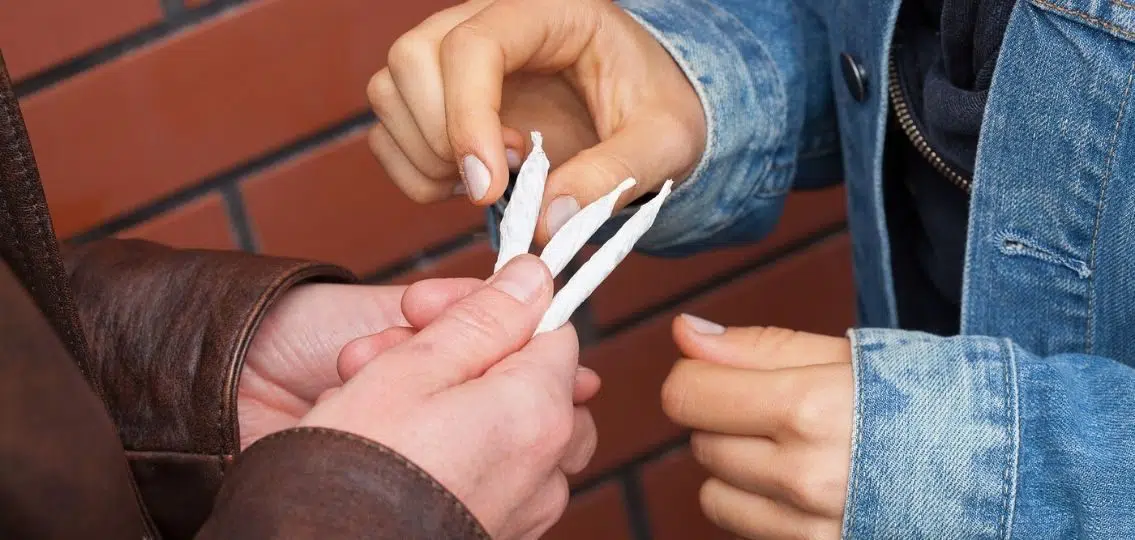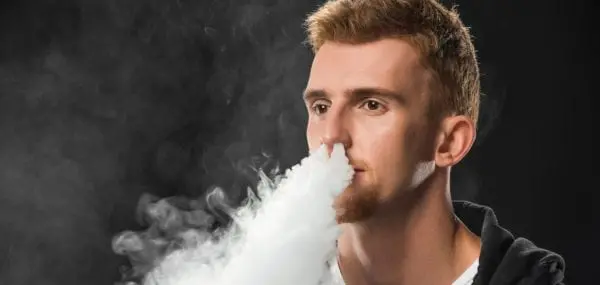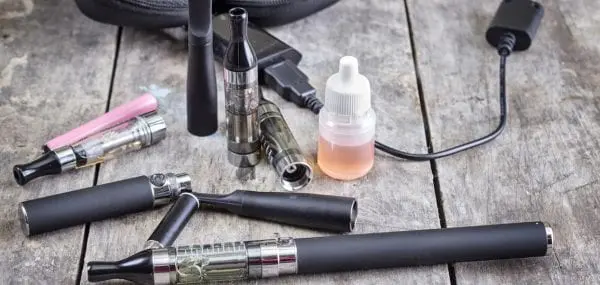Do your teens think using weed is no big deal? Are you wondering whether they might be wrong? We spoke with Aaron Weiner, Ph.D., who gave us actionable strategies for parents and caregivers to help teenagers navigate this complicated issue.
Dr. Weiner is a board-certified psychologist and addiction specialist who speaks nationally on the topics of addiction, behavioral health, and the impact of drug policy and public health. Here is some of what we learned:
The Dangers of Marijuana
1. Is marijuana use like having a glass of wine?
There are a lot of comparisons made between marijuana and alcohol. They’re actually very different substances.
We know that with alcohol if you drink to the point of intoxication for long enough, you’re going to develop a physical dependency and you’re going to get cirrhosis. Marijuana’s effect on the body is less widely known in the general population.
THC (tetrahydrocannabinol), the main psychoactive compound in cannabis that produces the high sensation, is very harmful for the developing mind under the age of 25, in particular, and certainly when you’re a teenager. High potency THC products, which are what’s being sold in the United States these days, are stronger than the marijuana of old. Weed back at the Woodstock Festival of 1969 had 3 – 4% THC content. Today the average THC content amount is 21%. For products such as vape pens and butane hash oil, the THC content may be as high as 80-90%! The more potent the THC product, the more damage it causes, particularly in the prefrontal cortex (executive function) and hippocampus (learning and memory) parts of developing teen brains.
Marijuana is absolutely a physically addictive drug. It’s something to worry about. And it’s something to encourage teens not to use.
2. Is everybody really doing it?
No. our perceptions are very much shaped by the social ecosystem that we’re inside—what the people we’re spending a lot of time with are doing. According to a recent national survey, 15% of high school seniors have used marijuana in the last month.
3. Why do teens use marijuana products?
Young people use marijuana to self-medicate when dealing with internal stressors like anxiety, trauma, or depression. They also use it to fit in with a social subculture—to fit in with a friend group.
4. How can we direct teens away from marijuana use?
All behavior has a purpose, meaning there’s a reason behind the use. Get to the root cause of the substance use and really understand the “why”. Then, come up with an alternative coping mechanism for dealing with the issue, such as therapy for anxiety. And to encourage change, it’s important to reinforce positive behavior rather than focusing on and punishing negative behavior.
When talking to teens about substance use, start by talking about the economics. They respond well to the addiction-for-profit approach. Discuss how people are getting rich off kids because they think that kids are gullible. Show them how the marketing works. Then move into the health portion of the conversation.
5. How does being high on weed affect driving?
Marijuana physiologically affects you in very noticeable ways. It impacts your ability to laterally control your vehicle, judge your speed, and to see everything on the road. Unlike with alcohol, where your BAC (blood alcohol content) means something, the THC level in the blood means nothing, so there’s no “safe” level. THC is attracted to fat, and your brain is 70% fat. THC goes out of your blood and into your brain within 3-4 hours of consumption. And, it can affect you with motor deficits for up to 24 hours.
For more information from Dr. Weiner, including strategies for communicating with teens about the dangers of marijuana use and what to do if your teen is struggling with substance use, check out our full interview.




